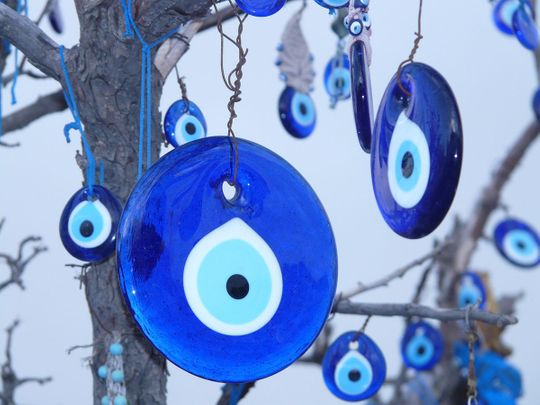
Every part of the body is a masterpiece of function and efficiency, but perhaps one of the most complex and intricately designed aspects of it is the eye.
Click start to play today’s Word Search where you can reveal parts of human anatomy.
The human eye has over 2 million moving parts, and in the human body, the only organ more complex than the eye is the brain. In fact, seeing is so important that it takes up more than 50 per cent of the brain’s functionality, according to the Canadian Association of Optometrists’ website.
Understandably, the human eye fascinated ancient physicians and philosophers. Greek philosopher Plato wrote in the fourth century BC that light emitted from the eye and seized objects with its rays. Greek plant biologist Theophrastus, who is often considered to be the father of botany, wrote that the eye had “the fire within” – perhaps he was being metaphorical.
But his teacher, Aristotle, was among the first to reject the theory that the eye transmits beams to gain vision. Instead, he advocated for a theory of intromission, wherein the eye received rays rather than transmitted them.
Science aside, the human eye has always been associated with lore and legend.
In ancient Egypt, the Eye of Horus was one of the most recognised mythological symbols. Its story centres on Horus, who was a sky deity, commonly depicted as a falcon. Legend has it that Horus and Set, the deity of disorder and storms, once fought a brutal battle, causing Horus’s eye to be dislodged. Although his wife restored his eye, Horus eventually sacrificed it for his deceased father, Osiris, who used its reinvigorating powers in the afterlife.
The Eye of Horus thus became a symbol of power, health and protection, and appeared frequently in ancient Egyptian art, as motifs in amulets, and in tombs and stelae.
Another talisman that is considered to hold power is the cobalt-blue image of an eye that originated in Turkey. Called the nazar boncuğu in Turkish, the protective talisman is often hung in doorways or worn as jewellery. It is believed to ward off evil, specifically the ‘evil eye’ or malicious envy.
Belief in the evil eye exists in many different cultures. For instance, Hawaiians call the evil eye maka pilau (which translates to “rotten eyes”), while Italians call it malocchio (“bad eye”). In Portuguese, it is called mau-olhado, which means “the act of giving a filthy look”.
Do you own a charm or talisman that features an eye? Play today’s Word Search and let us know at games@gulfnews.com.



